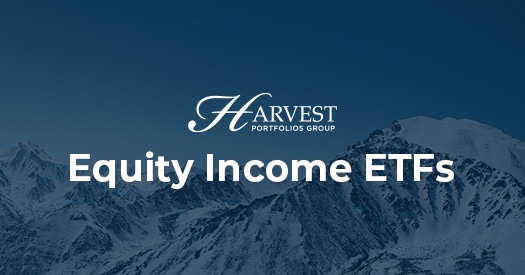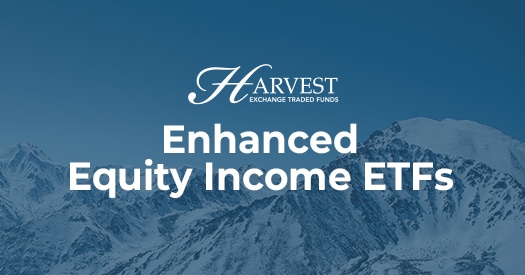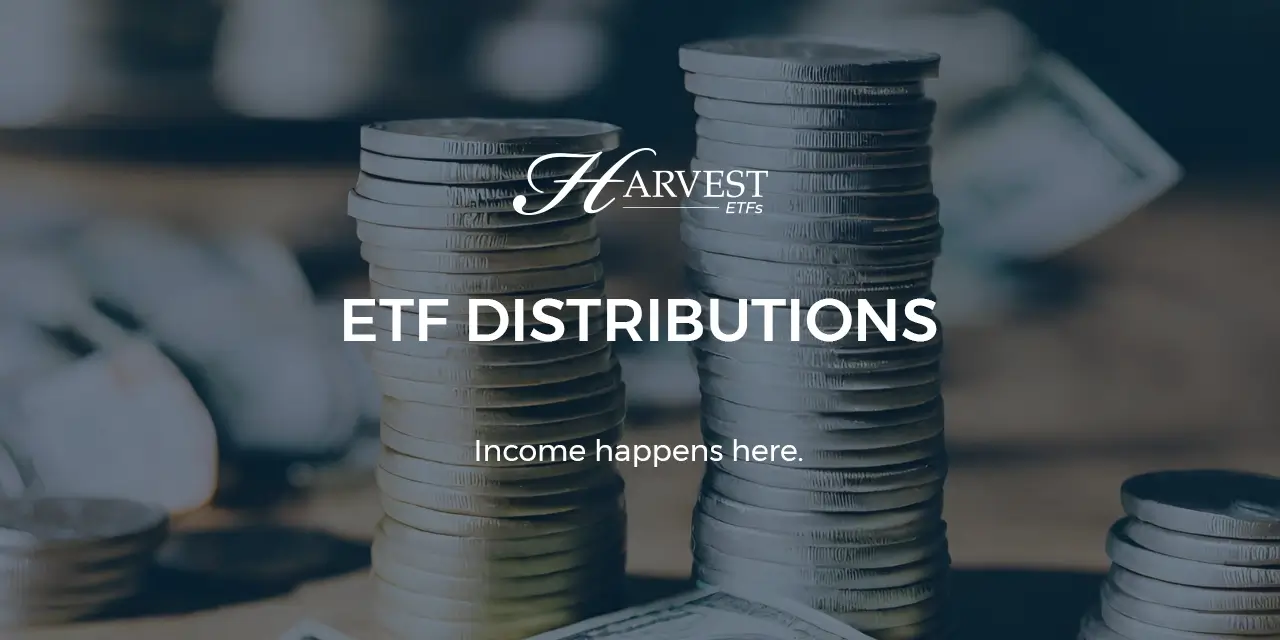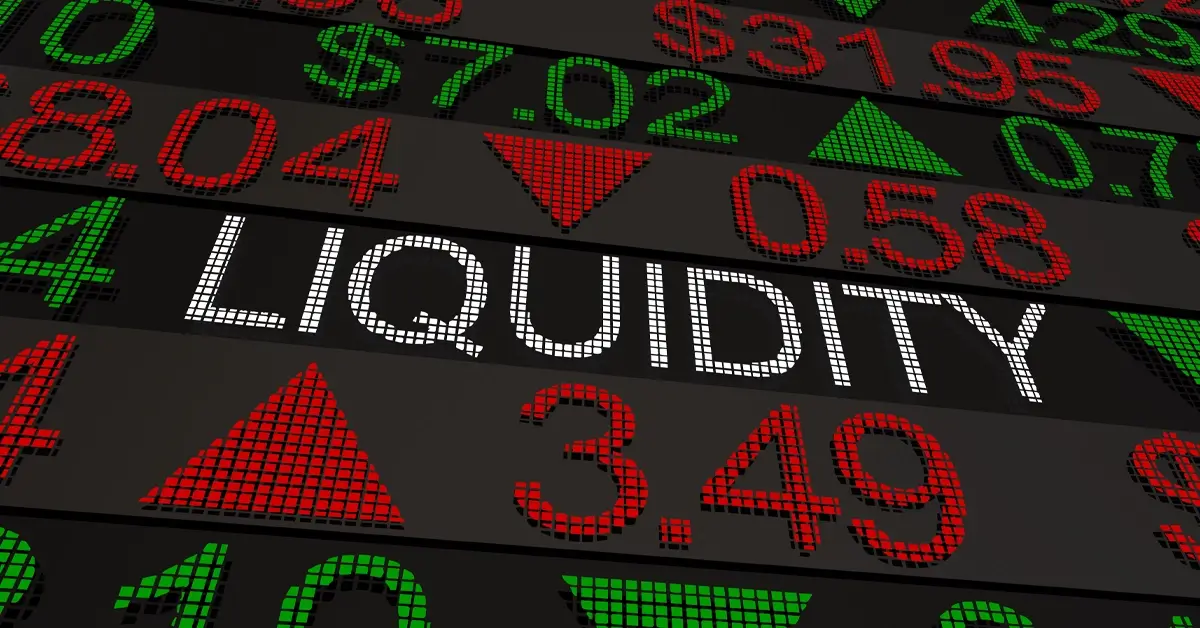By Harvest ETFs
February 29th, of 2024 is the RRSP contribution deadline. The deduction limit for 2024 is set at 18% of a Canadian taxpayer’s pre-tax income in the past year, or a hard limit of $31,560, whichever number is lower.
Many Canadians, be they ordinary investors or financial advisors, are keenly aware of the basic mechanisms of an RRSP and why they are such a popular savings tool. However, given the difficulties faced by most investors in 2023 and the growing popularity of covered call option ETFs in Canada, we see three factors related to RRSPs and retirement that ordinary investors or investment professionals may want to consider as the deadline approaches.
These considerations all touch on covered call option ETFs. Harvest ETFs is one of Canada’s best-established providers of these income-generating ETF investments, and that knowledge can be very helpful as Canadians approach the looming RRSP deadline.
Withdrawing from RRIF accounts in a down market
After a bearish period in 2023 many investors’ portfolios need time to recover. Unfortunately, for RRSP holders over the age of 71 those RRSPs have converted to RRIFs and are subject to a mandatory withdrawal schedule that doesn’t factor in the need for a market recovery.
Canadians with savings in RRIFs, or those whose RRSPs are about to convert to RRIFs, are facing the unfortunate likelihood of having to make portfolio adjustments, potentially at a loss, to meet their mandatory RRIF withdrawals.
However, many income-generating ETFs can be held inside of RRSPs and RRIFs. Those include all of Harvest’s Equity Income and Enhanced Equity Income ETFs. Those ETFs all pay their income on a monthly basis, and largely pay income at rates above the overall rate of inflation. They generate that income through a combination of dividends and premiums from selling covered call options. They also hold portfolios of equities, which are exposed to any potential market recovery.
The income paid by these ETFs can be withdrawn from a RRIF to offset some or all of an investor’s mandatory RRIF withdrawals while keeping their principle investments untouched and exposed to market growth opportunity.
Generating RRSP eligible income or returns in USD for your goals
Many Canadians saving for retirement have key lifestyle goals they want to meet. Often those goals include spending winters in a warm US state or travelling regularly abroad. In both cases, RRSP eligible retirement income in US dollars can be very helpful. Aspiring snowbirds will need US cash to support their lifestyles south of the border. Globetrotters know that greenbacks are among the most useful currencies to carry anywhere in the world.
Canadian investors seeking to fulfill their international goals might look for investments that can be used to build part of a nest egg in US dollars, as well as paying income in US dollars, that could be held inside an RRSP.
Harvest ETFs offers a “U” class on a number of its equity income ETFs which are listed on the TSX and are RRSP and RRIF eligible, but trade and pay income in US dollars. These ETFs still hold portfolios of equities, and are exposed to market growth opportunity for investors still looking to grow their retirement savings. The income they pay in US dollars can also be very helpful for RRSP holders as they transition to retirement and need US currency to live their dreams.
Tax considerations for savings inside and outside of an RRSP
The tax deferrals built into RRSP contributions are key to their popularity. However, there is an annual limit to RRSP deductions and many higher net worth Canadians need to save more than the hard $31,560 limit per year in order to retire with security.
Those additional savings are often held in non-registered accounts, which don’t have any tax advantaged status. In retirement, when investment income becomes important, the cashflow paid by traditional fixed income or GIC investments held in non-registered accounts will be taxed as income.
If those same types of investments are held in an RRSP or RRIF, and that income is withdrawn from the account it will also usually be taxed as income.
The income earned by Harvest Equity Income and Enhanced Equity Income ETFs, however, is largely earned through the sale of covered call options. It should be noted that the distribution tax character for each ETF varies year to year depending on other elements of the ETFs’ trading and operations. Nevertheless, options selling is treated as a capital gain and therefore that portion of the monthly income paid by these ETFs is taxed at the capital gains rate, meaning only half of that income is taxable, the other half is tax-free.
Canadians holding income investments in RRSPs, RRIFs, or non-registered accounts may want to consider that tax factor when deciding which income investments they want to recommend.














